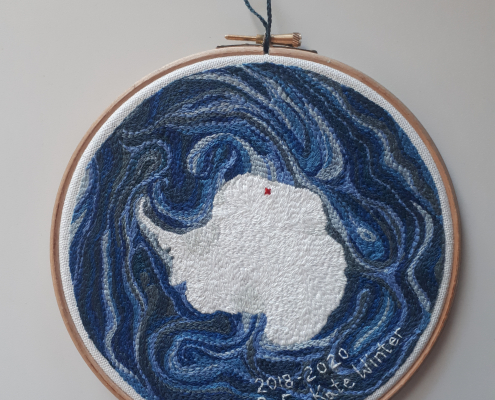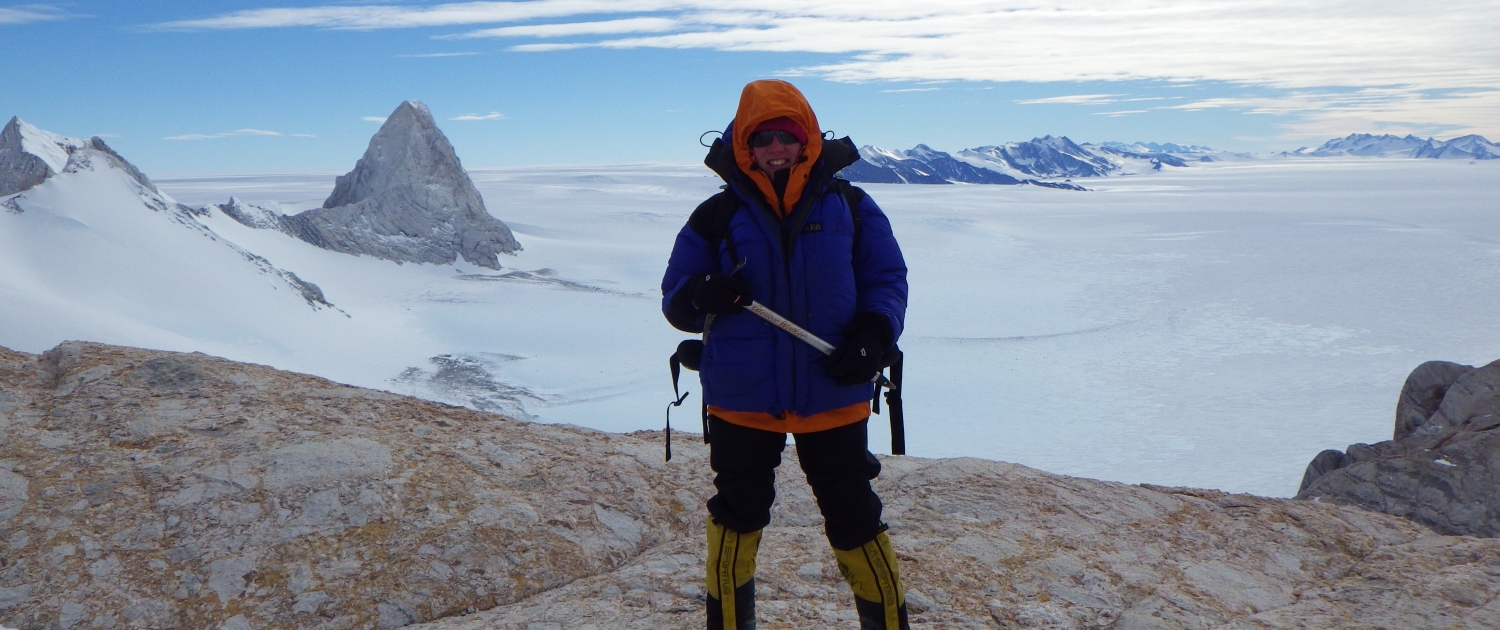Case Study: Dr Kate Winter
Kate is a glaciologist working at Northumbria University.
The importance of ice
Kate studies what lies underneath the ice in Antarctica using radar. She is particularly interested to see how thick the ice is, and what the land looks like under the ice.
Radar uses radio waves to make images of the ice, and the land underneath it. It’s a bit like using X-rays to ‘see’ inside the body. Kate’s research is contributing to one of the defining issues of our time: climate change. She explains:
Once we know how thick the ice is, we can see how much it is changing. This is really important because global sea levels could rise if the ice in Antarctica melts.
From Scotland to Antartica
When Kate was younger she really questioned why things looked the way they did – for example, why there are hills, and sand dunes, and why rivers have bends in them.
Taking geography and geology at secondary school helped her find some of the answers to her questions. When she was told that ice could flow like a river she wanted to never stopp learning about ice!
Travelling to Antarctica is definitely the most amazing part of my job, but I also like to be creative, making drawings so that other people can understand the work I do.
After school Kate studied for a Geography and Geology degree at Aberdeen University. Then she studied for a Masters in Polar and Alpine Change at the University of Sheffield, and finally Kate completed a PhD at Northumbria University.
Kate’s advice to young people
Think about the kind of setting you’d like to work in (for example, in a big office, in a small office, at home, in a classroom, at the beach, in another country…). I wanted to work in Antarctica, so I had to find a career that would take me there!
Sewing and knitting
In her spare time Kate loves being creative and spends lots of time sewing and knitting. She recently finished an embroidery showing Antarctica and the currents in the Southern Ocean. These currents transport nutrients around the continent. The red cross shows the location of the Princess Elisabeth Antarctica Research Station, where Kate does most of her research.

Kate recently wrote an article about her time in Antarctica which you can read online – Iron woman: searching for iron at the end of the earth.



 yes
yes